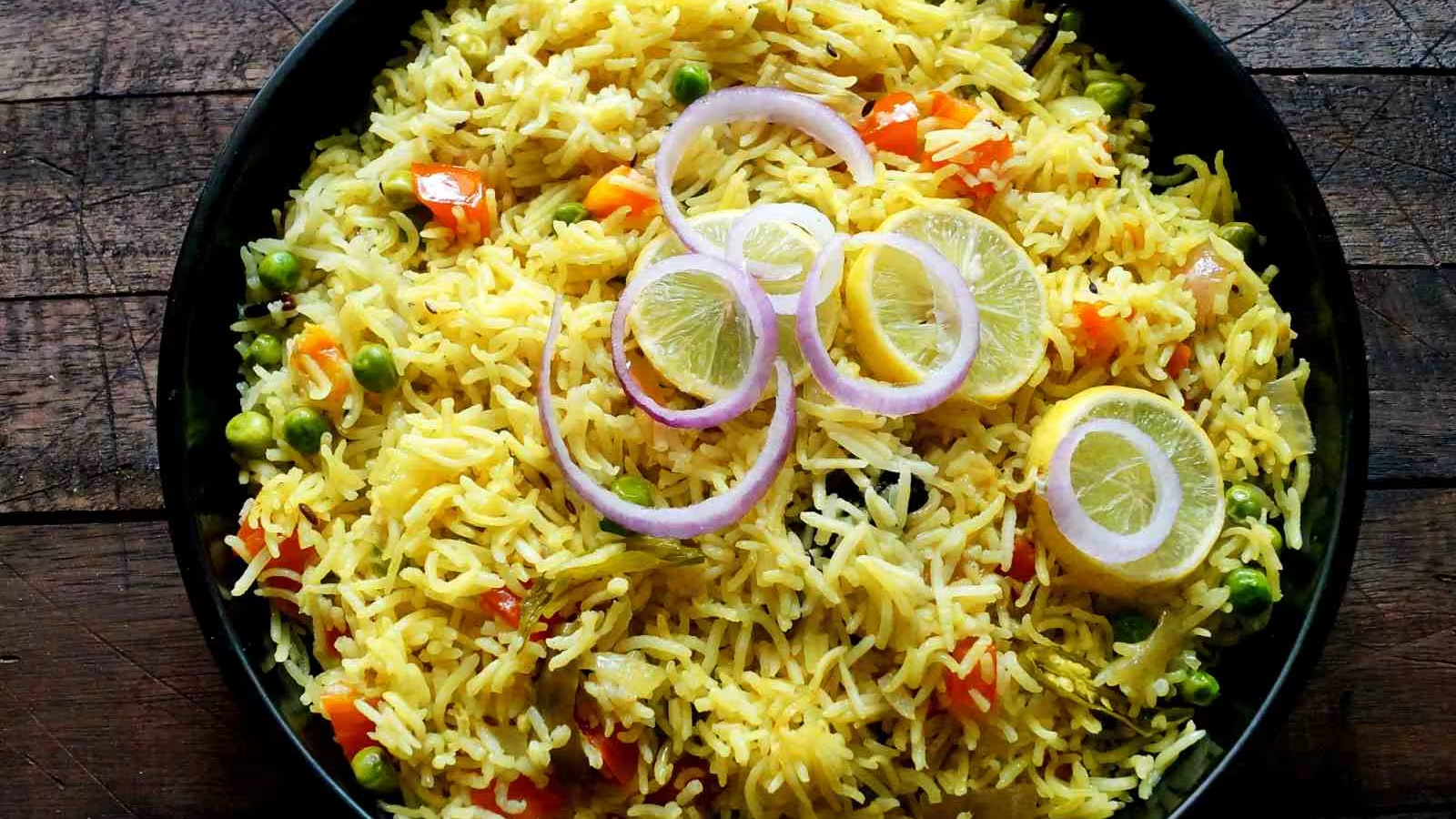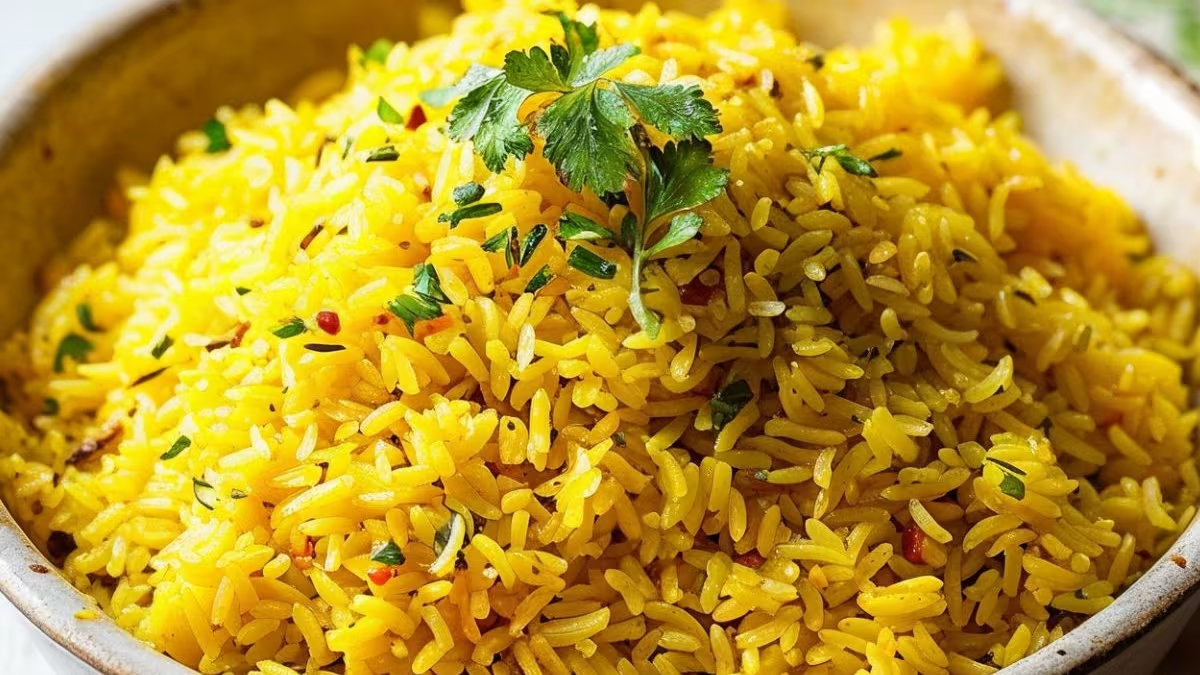
Deliciously Authentic Nepalese Recipes: Taste the Heart of the Himalayas
Written by Jessica Lopez
Published at 02-12-2022
Edited on 03/28/2025 | 07:23 AM
Asian RecipesCourse: Main Course
Cuisine: Nepalese
Difficulty: Moderate
Servings
4-6 people
Prep Time
30 minutes
Cooking Time
1 hour
Total Time
1 hour 30 minutes
Fat
12g
Protein
20g
Carbs
60g
Calories
480 kcal
Welcome to the vibrant world of Nepalese recipes, where every dish tells a story and every bite is a journey through the majestic Himalayas! With its rich cultural heritage and diverse landscapes, Nepal offers a unique culinary experience that is often overlooked. From spicy curries to savory dumplings, Nepalese cuisine is a delightful mix of flavors and textures that will tantalize your taste buds. Whether you're a seasoned chef or a curious beginner, these recipes are perfect for anyone looking to explore new culinary horizons. Nepalese recipes are rooted in tradition, often featuring ingredients that are locally sourced.
Common staples include lentils, rice, and a variety of vegetables, making these dishes not only delicious but also nutritious. One of the most beloved dishes is Dal Bhat, a hearty lentil soup served with rice and accompanied by pickles and vegetables. It's a staple in every household and embodies the essence of Nepalese hospitality. In addition to traditional dishes, you will find a variety of street food that captures the vibrant spirit of Nepal.
From the popular momos (dumplings) to the flavorful sel roti (a traditional rice-based doughnut), these snacks are perfect for sharing with friends and family. Join me as we explore the exciting flavors of Nepalese cuisine! Each recipe is crafted with love, highlighting the natural ingredients and techniques that make these dishes so special. Get ready to bring a taste of the Himalayas into your kitchen and impress your loved ones with the incredible flavors of Nepal! Let’s dive into our first recipe and start your culinary adventure today!.


